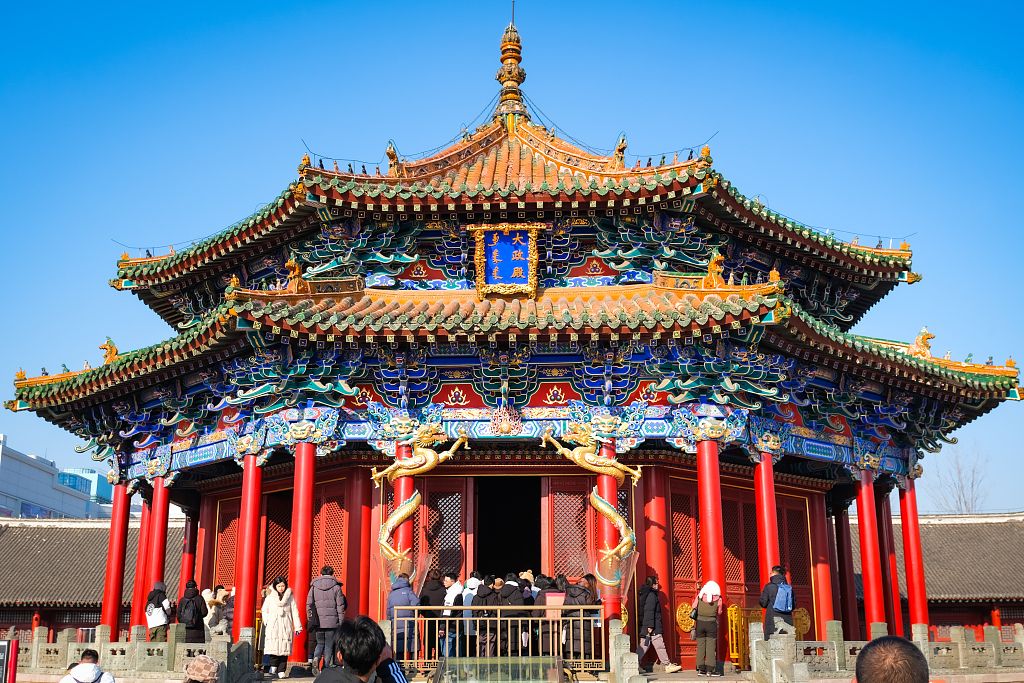
Construction of the Shenyang Imperial Palace began in 1625 under the direction of Nurhaci, the founder of the Qing Dynasty. It was completed in 1636 by his son Huang Taiji. Originally, this palace served as the residence and center of power of the early Qing emperors before they consolidated their rule over China and moved the capital to Beijing in 1644.
Although the capital was moved, the site remained a place of great importance. It was used for imperial ceremonies and as a residence during emperors’ visits to northeast China.
The palace is a key point to learn about and understand the origins of the Qing Dynasty because it demonstrates the emerging power of the Manchus before they expanded their rule into central China. It served as the political, cultural and military centre of the early Qing emperors. Due to its historical and architectural value, it was inscribed on the UNESCO World Heritage List in 2004.
Shenyang Palace covers approximately 60,000 square meters and comprises 114 buildings featuring a combination of Manchu, Mongol and Han architectural styles. Its design follows the traditional pattern of Chinese palace architecture, with a central axis and side sections.
The complex is divided into three main areas: the Main Court area, the Residence area and the East Court area. The first is the centre of administration and ceremonies and the second contains the rooms and residences of the emperor and his family. Finally, the third contains temples and gardens for religious and recreational activities.

Today, the palace complex serves as the Shenyang Palace Museum, displaying artifacts, documents, and relics from the Qing Dynasty. It has undergone extensive restoration efforts to preserve its historical and architectural integrity. Visitors can enjoy exhibits that introduce the life and culture of the Qing court. Included on display are imperial vestments, furniture, and art, as well as special events and exhibitions commemorating historical and cultural milestones.
Source: https://reporteasia.com/cultura/educacion/2024/07/05/museo-palacio-shenyang-celebra-20o-aniversario-inscripcion-lista-patrimonio-mundial/

